Guest edited by ![]() Nicole Ziza Bauer
Nicole Ziza Bauer
Editor’s Note: Contributor Nicole Ziza Bauer has been a strong voice in the Life & Thyme community for some time, and when we decided to pursue a Guest Editor series, we knew she’d have something powerful to say. Ziza brings readers a curated collection that explore a topic to which we can all relate: being overwhelmed. We’ll share stories about using food as the foil to that feeling. About how something as simple as enjoying, cooking, or considering a meal can help us recalibrate, re-center, and rediscover the joy of eating—and reclaim ourselves. Today marks the last story in our guest editorship series.
Have you ever attended happy hour and skipped out on the drinks? Ordered club soda with lime as a decoy for a gin and tonic? Had to explain to your confused friends (or, god forbid, an attractive stranger) why you’re sticking with water? If so, you’re part of a growing movement of alcohol-aware individuals who are less and less interested in getting buzzed—and the beverage industry is taking notice.
Of course, avoiding alcohol isn’t a new concept. But where addiction or pregnancy used to be the obvious reasons for sobriety, “wellness” and “mindfulness” trends have prompted a wider range of individuals to tap out on alcohol. Among the organizations that have witnessed this progression is Daybreaker, a morning dance party founded in 2013 that, today, takes place in twenty-two cities around the world.
As founder Radha Agrawal explains, “At least ninety percent of our community members value wellness and are just over the ‘social norm’ of drinking as a way to socialize or unwind. This isn’t to say they don’t indulge in the occasional post-work meetup at a bar,” she says. “Partying in an environment that’s saturated with binge-drinking and drug use is just not what’s attractive to them at this point in their lives.”

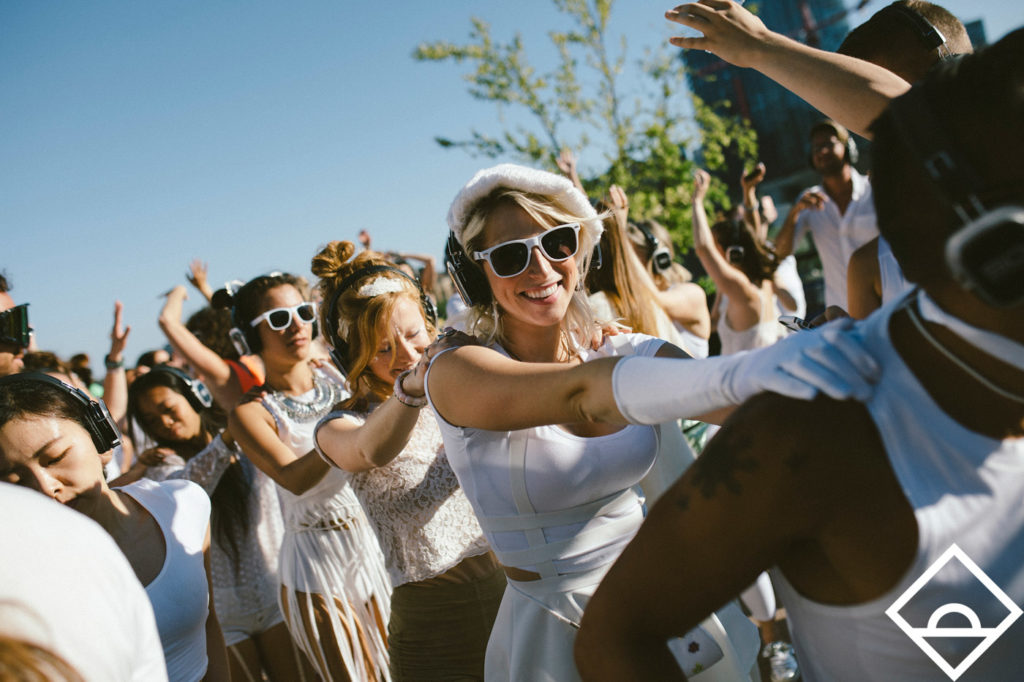


At Daybreaker events, if you do want to consume a cocktail, you can bet it will be made with Seedlip spirits. Like the community Agrawal describes, Ben Branson, the entrepreneur behind the zero-proof spirits brand, wasn’t actively seeking sobriety when he launched the company. “I was simply dining out on a Monday, and I asked the waitress if she had anything non-alcoholic. She came back with this childish, fruity cocktail,” he says. “I felt both left out and like an idiot, and the drink didn’t marry with the other ingredients or level of service. While I’m not in the business of getting people to stop drinking, it seemed clear there should be a better non-alcoholic option.”
Since launching in 2015, the UK-based brand has quickly gained acclaim for its non-alcoholic spirits. Inspired by a 1651 medicinal text called The Art of Distillation, each bottle is crafted from herbs and spices Branson carefully grows or sources. The resulting nuanced, herbal elixirs emulate the mature flavors, complexity and versatility of high-quality spirits—just without the alcohol.
Beyond Daybreaker and other wellness events, Seedlip has also gained the hard-won respect of the world’s finest bars and restaurants, as many have struggled to develop alcohol-free cocktails for an increasingly health-conscious clientele. Prior to discovering the spirit, vegetable and fruit juices were the primary base for so-called “mocktails,” whose level of refinement was limited by the sheer sweetness of the ingredients at hand. Today, you can order a Seedlip and soda—not to mention, numerous custom drinks featuring the spirit—at such top-shelf bars as Dandelyan in London, The Walker Inn in Los Angeles, Trick Dog in San Francisco, or The NoMad Hotel bar in New York City.
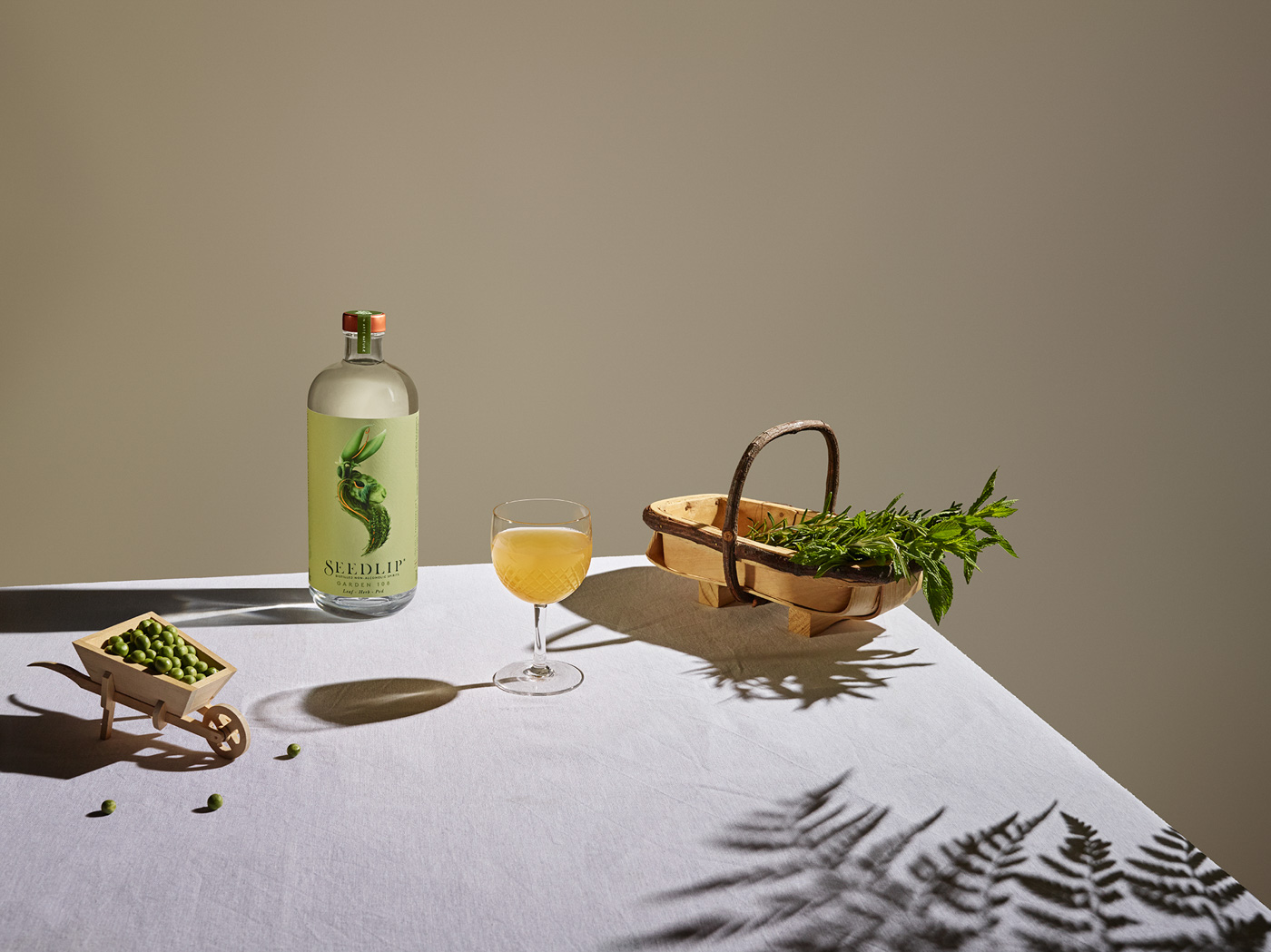
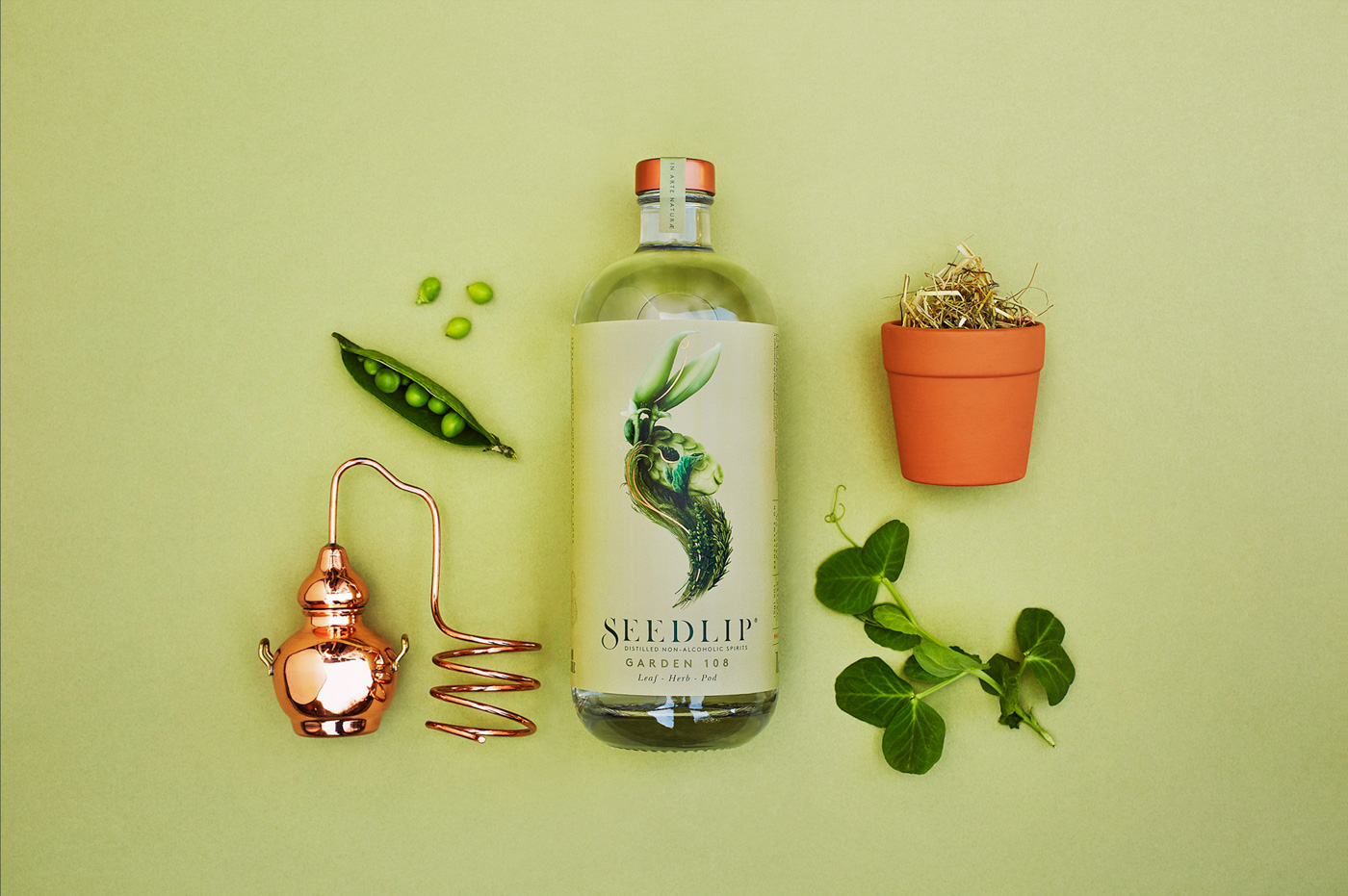
Speaking of New York, the city is slated to see the opening of its first ever booze-free bar. Like Branson, the founder behind the concept, Lorelei Bandrovschi, doesn’t subscribe to a one hundred-percent sober lifestyle. Rather, her first experience with not drinking came in the form of a dare. “A friend who never drinks challenged me to spend a month completely alcohol-free,” she tells me. “Ultimately, I noticed something I had never noticed before: I don’t need to drink to enjoy myself.”
Simple though it may seem, Bandrovschi’s story speaks to a social culture where grabbing a drink remains the default. In major cities, residents rarely have large enough apartments to host friends at home, making bars and restaurants the de facto “living rooms” for casual hang-outs. As Bandrovschi tells it, “A lot of people want access to lively, alcohol-free social spaces for different reasons.
“When I go out without drinking, I sometimes feel like a lesser citizen—like I’m literally worth less to a bar. It’s not an issue of enjoying myself, but rather that I encounter friction in my decision not to drink,” Bandrovschi continues. “It’s like alcohol is the tax on going out—a tax on my body, because many bars don’t have thoughtful alternatives for people who don’t want to drink.”
Bandrovschi says she seeks out events like Daybreaker or a weeknight dance party, The Get Down, where most attendees opt not to drink. But for those who still like the taste of traditional alcohol, a looser movement towards low-proof cocktails has also offered a sense of flexibility. Based on sherry, vermouth, amari or smaller quantities of high-proof spirits, many of these cocktails boast names you have likely heard—from the Aperol Spritz (aperol, prosecco, seltzer) to the Americano (campari, soda), and the Bamboo (dry vermouth, sherry, bitters).
According to Drew Lazor, the author of Session Cocktails (a new release from PUNCH magazine’s imprint with Ten Speed Press), “Quite a few people think lower-proof drinking is some sort of nouveau, health-driven #millennial trend, but the reality is these drinks have been around forever. Historical texts tell us the sherry cobbler (sherry, fruit and sugar over crushed ice) was the most popular drink in America for a portion of the mid-nineteenth century.”
Lazor’s book dives into a wide range of sophisticated lower-proof drinks—many of which require spirits that are new to the United States. “A lot of these bottles only became available in America in the past decade or so, thanks to the work of ambitious importers,” Lazor notes. For home bartenders who are new to the trend, he recommends purchasing one sweet and one dry vermouth (like Carpano Antica and Dolin Dry), as well as exploring different styles of sherry or amari.
In addition to these exotic, imported bottles, low-proof and no-proof trends have also found footing in the mainstream home and lifestyle markets, with companies such as W&P or Owl’s Brew launching lines of non-alcoholic cocktail syrups that can be mixed with spirits, sparkling wines or seltzer. For retailers, these zero-proof products also mean that stores without liquor licenses can get in the cocktail game.
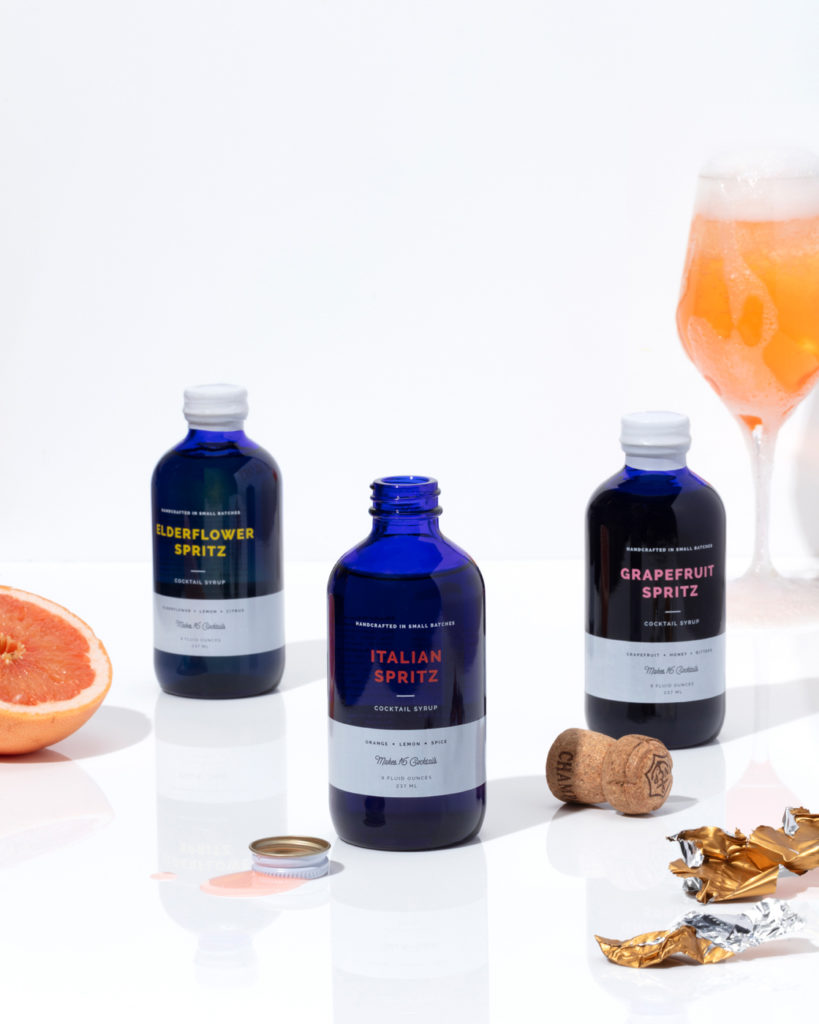
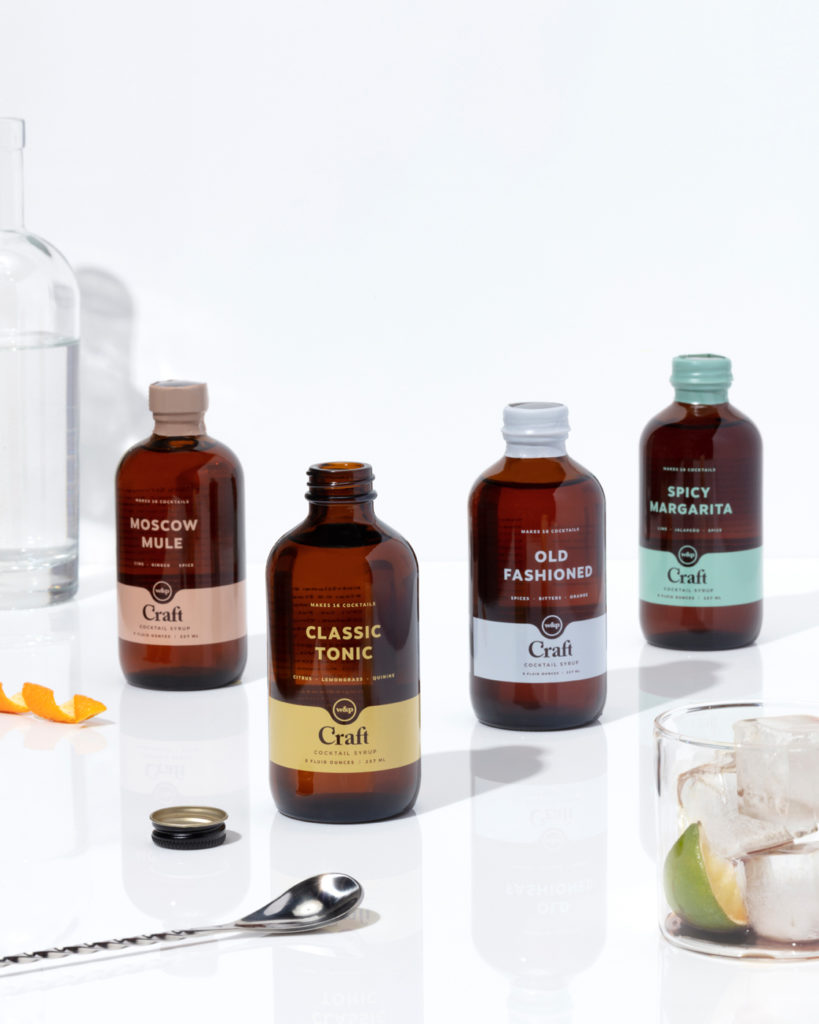
Many hospitality professionals are welcoming this cultural shift. Numerous bartenders have spoken publicly about their struggles with the overconsumption of alcohol and a desire to explore the laid-back apéritif culture found in Italy or France. You need look no further than Seedlip’s summer pop-up at at sixteen of the world’s best bars to witness this buy-in of industry leaders. Named N o l o for its inclusion of no-alcohol and low-alcohol cocktails alike, the event underscored Seedlip’s versatility, rather than a criticism of drinking culture. “We don’t have rules in our category,” Branson notes. “We’re not looking to mimic or replace existing alcohols, but to create balanced flavor profiles bartenders will be proud to work with and serve.”
Of course, innovating in a category is not without its challenges, and for Seedlip and other makers of alcohol-free cocktail products, the expected price of a “soft” drink remains a hurdle. “There’s a notion that liquor is complicated to make, and we see that in the cost difference between alcoholic and non-alcoholic drinks like soda.” Branson explains. “With Seedlip, we’re sourcing very high quality ingredients and distilling them individually—similar to the way a perfumer works to create a fragrance—and our prices reflect that.”
If some consumers still have doubts about the value of a non-alcoholic beverage, Daybreaker attendees are not among them. Agrawal assures me, “We have an incredible partnership with Seedlip.” So the next time you grab a drink, don’t hesitate to consider what kind of high you’re actually craving. If you’re looking for a more mellow buzz, chances are, you might find something more intriguing than simply seltzer or soda.





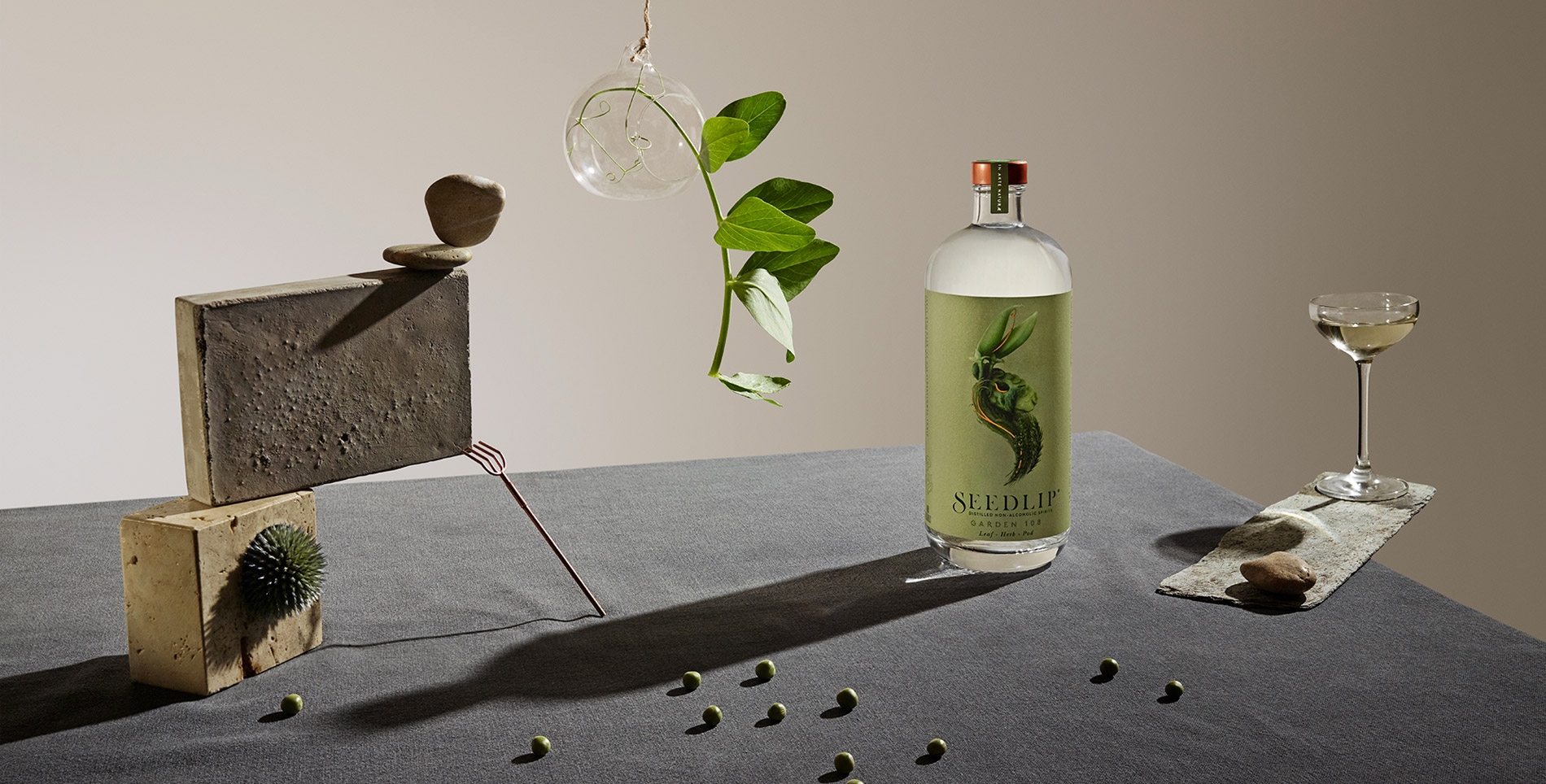

Our comments section is for members only.
Join today to gain exclusive access.